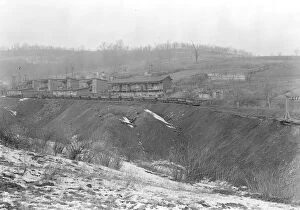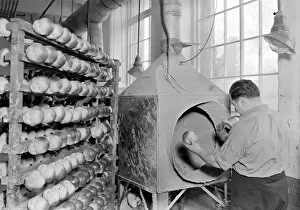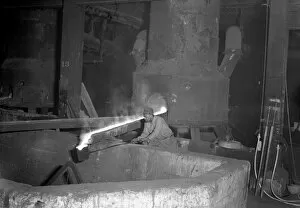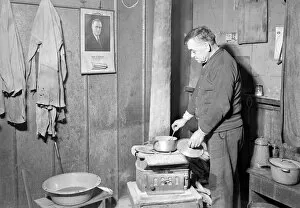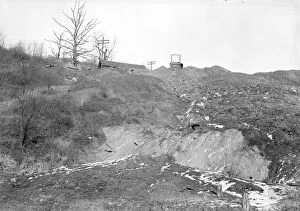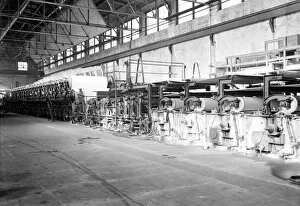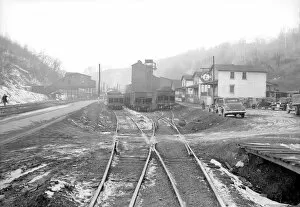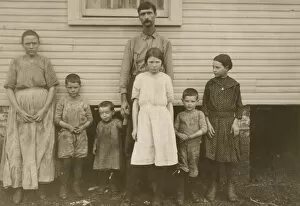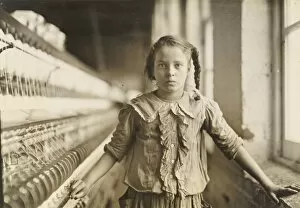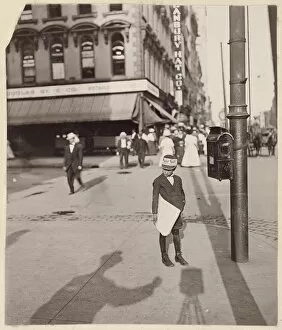Lewis W Hine Collection (#5)
Lewis W. Hine was a renowned American photographer who captured the essence of early 20th century America through his powerful and thought-provoking images
For sale as Licensed Images
Choose your image, Select your licence and Download the media
Lewis W. Hine was a renowned American photographer who captured the essence of early 20th century America through his powerful and thought-provoking images. His photographs serve as a visual documentation of the social issues and industrial revolution that shaped the nation during this time. One of Hine's most iconic works is "Top of the Mooring Mast, Empire State Building (1931)". This photograph showcases the breathtaking view from atop one of New York City's most famous landmarks, capturing both its grandeur and significance in shaping the city's skyline. In another striking image titled "Children pitching pennies on Main Street Fall River", Hine captures a candid moment where children engage in an innocent yet poignant activity. This photograph serves as a reminder of simpler times and highlights the resilience and resourcefulness found within communities. Hine also turned his lens towards documenting workers' lives, such as in "Powerhouse Mechanic" taken around 1924. This image portrays a laborer amidst heavy machinery, symbolizing both their strength and vulnerability within an industrialized society. Throughout his career, Hine focused on highlighting working conditions in various industries. In his series on Paterson, New Jersey textiles industry, he sheds light on the lives of silk workers with images like "Madison Silk Co. " which depicts textile mills against the backdrop of Passaic River. These photographs reveal not only their physical surroundings but also provide insight into their living conditions through shots like "Home of silk workers in rear court off Sealey St". Hine's work often emphasized human stories by featuring individuals affected by societal changes or hardships they faced due to economic shifts. One such example is seen in "An old silk-worker (now unable to work) living". Through this portrait, Hines brings attention to those left behind by progress while honoring their contributions to society. In March 1937, Hines documented a deserted silk mill at 21st Ave - an image that speaks volumes about the impact of economic decline on communities.


